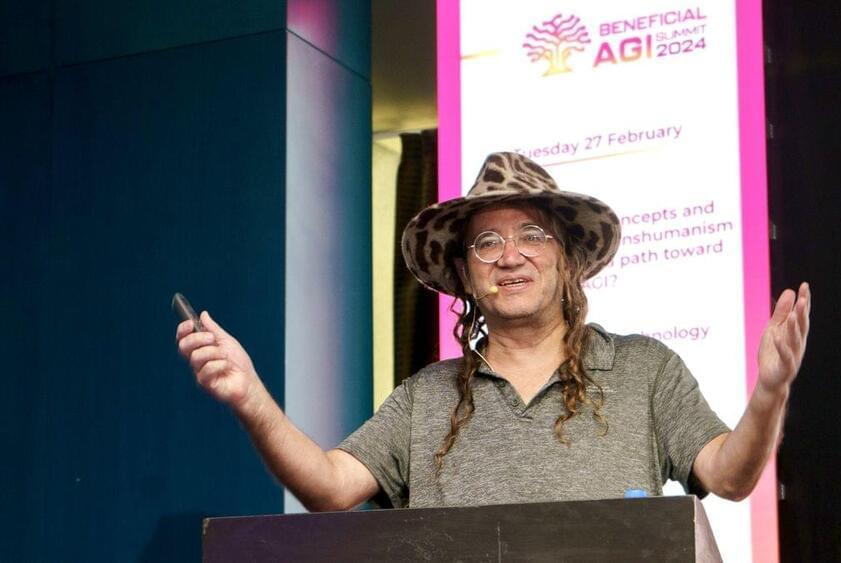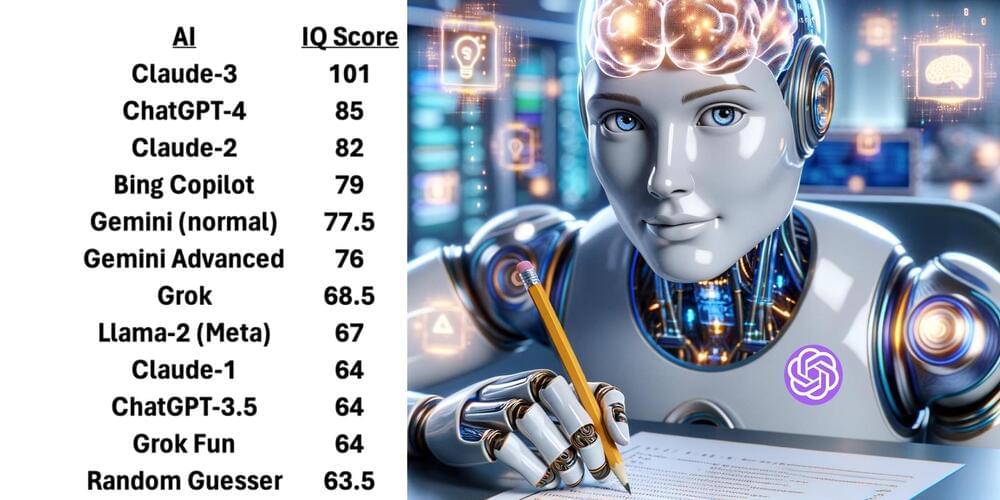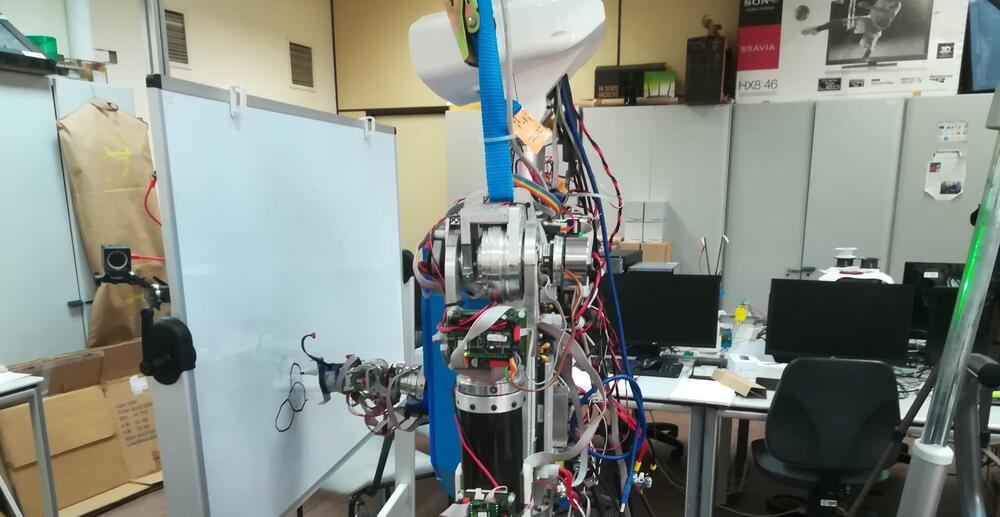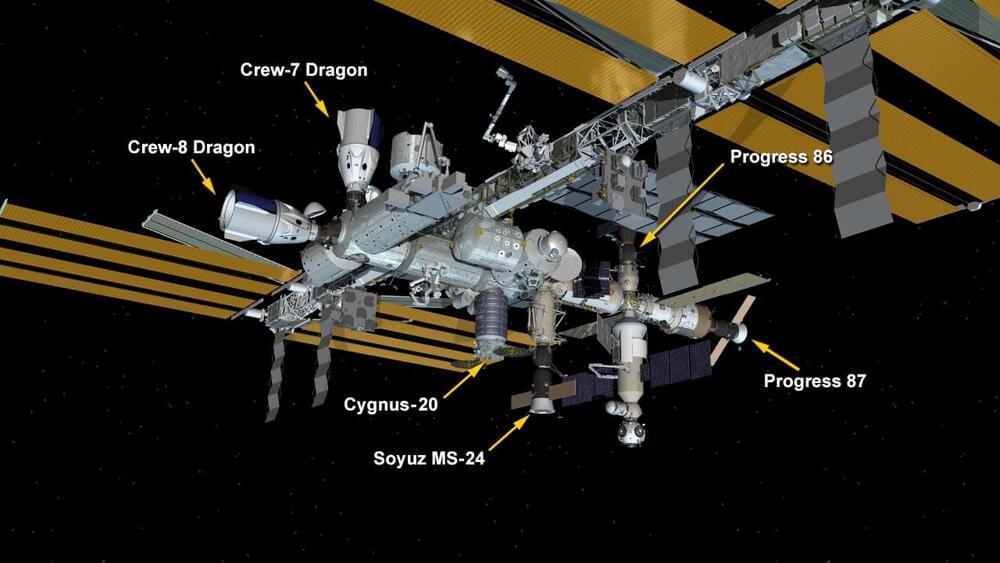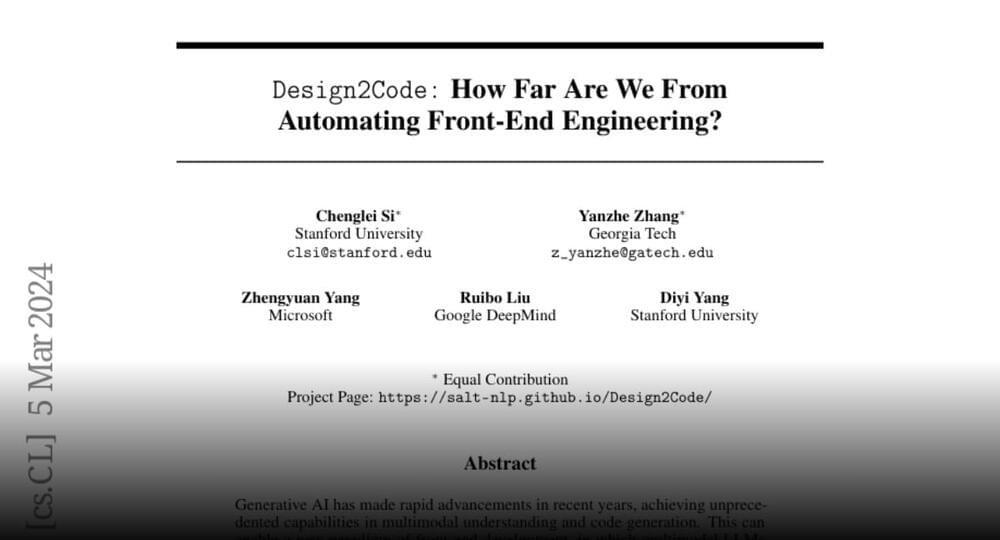The goal of science is to understand and master the Universe around us, but could our skill grow so great that we could learn to warp reality itself?
Visit our Website: http://www.isaacarthur.net.
Join Nebula: https://go.nebula.tv/isaacarthur.
Support us on Patreon: / isaacarthur.
Support us on Subscribestar: https://www.subscribestar.com/isaac-a…
Facebook Group: / 1583992725237264
Reddit: / isaacarthur.
Twitter: / isaac_a_arthur on Twitter and RT our future content.
SFIA Discord Server: / discord.
Listen or Download the audio of this episode from Soundcloud: Episode’s Audio-only version: / warping-reality.
Episode’s Narration-only version: / warping-reality-narration-only.
▬ Reality Warping Concepts ▬▬▬▬▬▬▬▬▬▬
0:00 Intro.
2:06 Warping Spacetime.
4:58 Negative Mass.
5:25 Spaceship Propulsion.
8:41 Forcefields \& Shields.
11:07 Reversing Universal Expansion.
12:17 Matter Creation.
12:49 Super Strong Materials.
14:14 Cloaking.
15:17 Hammerspace.
19:07 Tractor Beams.
20:11 Time Manipulation \& Stasis.
24:20 Ultra-fast Communication.
25:08 Vacuum Energy.
25:48 Universe Creation.
26:40 Probability Manipulation \& Luck.
27:47 Perpetual Civilizations.
Credits:
Warping Reality.
Science \& Futurism with Isaac Arthur.
Episode 396, May 26, 2023
Written, Produced \& Narrated by Isaac Arthur.
Editors:
